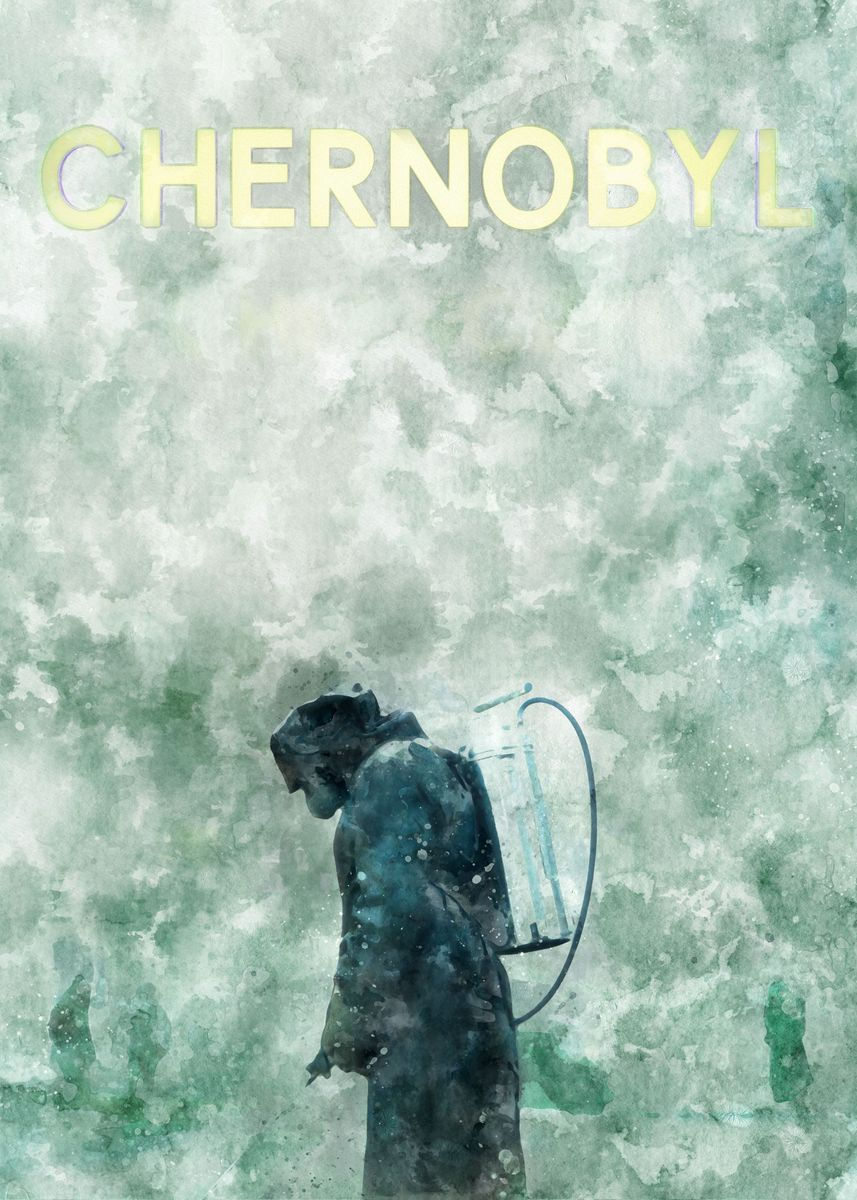School Blog: Nuclear Science Intensive
- Josiah Kilburn
- Jan 29, 2021
- 2 min read
Week 2
Science
This week I looked more into MSRs. Mainly, their drawbacks. Molten Salt Reactors (MSRs) are often claimed to 'not have the ability to create weapon material' which many stated as the 'main reason' behind their lack of modern use. In reality, this is false, as Thorium reactors can produce weaponized breeder products. Another drawback is corrosion because the Molten Salt used in the reactor is just that, a radioactive molten salt, it is hard to clean and cause accelerated corrosion in reactor parts. In addition, other mobile fission products with the potential to spread anywhere. Another issue, the plants are likely large and need remote maintenance because it's not safe to do in person for many sections of the reactor. This may sound like a major issue, but the trade-off is that the drainage system allows the reactor to avoid the meltdown/explosion issues that could be present in a solid-state reactor.

Math This week we looked more into half-life equations and explored the equation on desmos a little bit. But my favorite thing we did was trying to graph some of the events at the reactor test of Chernobyl. It was fascinating to map out the data and see how the energy output changed. I probably enjoyed this part so much because I spend a long time on google sheets working with ants and it was fun to use it for something else.

Humanities
This week we did some reading about the coming to Hiroshima. We read the poem 'August 6' by TŌGE Sankichi. The poem depicted the brutal scenes which occurred at Hiroshima as a result of the bomb. While disturbing, the image created in the poem not only served to humanize victims of the bombing but also, in my opinion, acts as a call to action for those involved in the tragedy. It speaks out as a message to many, asking them whether or not they wanted to forget the heinous acts of that day.

A depiction of a mushroom cloud caused by the bomb over Nagasaki, although a different explosion, both looked similar.



Comments